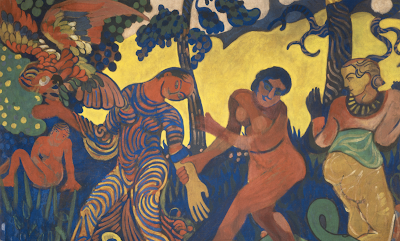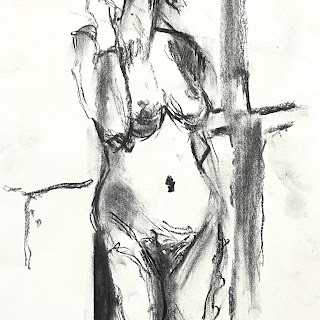 |
Across three counties |
From high up on The Ridgeway, in West Berkshire, only 35 minutes from home is Uffington Castle. It is an Iron Age hillfort.
Standing on its footprint on the landscape you can look out north-west across Berkshire, Gloucestershire into Worcestershire. A patchwork of fields, farms, factories and towns. This infinity view eventually pales into purple haze.
Of course this is just a place to put a castle. Next to it is The White Horse, across the grass, a chalk symbol of how important this area was. And still is.
The castle borders The Ridgeway, an ancient road that is ideal for the movement of troops and trade.
Looking down, just below us to the right is Dragon Hill a small apron of white chalk. It was on this ground that is rightly believed that St George fought his dragon. Who is to gain say St George’s joust?
For more on the myths and legends hereabouts follow the link.
Many thanks to David Nash’s Royal Berkshire History web site http://www.berkshirehistory.com/castles/uffington_castle_hillfort.html
© Nash Ford Publishing 2003. All Rights Reserved.












%20Jan%20Toorop.png)




















